Equipment
Can’t get up and down? It might be a sole problem

It’s not me; it’s the club.
Make that claim in front of experienced golfers and they’ll shy away from conversation with you for a while. That’s because they’ve learned one of golf’s hardest truths – golfers, not golf clubs, cause bad shots.
For the most part, I’ve been in agreement them. Sure, a properly fit driver can result in more yards and more accuracy. And a more forgiving set of irons will be… well, more forgiving. Such improvements can lead to slightly lower scores and more fun, but they’re changes that aren’t going to take a golfer to the next level. That’s because substantial improvement comes from practice, not product, right?
After talking to renowned wedge designer Bob Vokey and going through a wedge fitting at the Titleist Performance Institute in Oceanside, Calif., I was forced to reconsider. I learned that choosing the right wedge is about more than filling in distance gaps – it’s about finding one with the proper sole design. And selecting the right sole can be the difference between chunking pitches and pitching it to a few feet from the cup.
According to Vokey, the sole is the engine of a wedge. If a golfer hopes to play their best, they have to use a wedge with a sole configuration that matches their style of play. This is especially important for a golfer’s lob wedge, the most specialized wedge in a golfer’s bag.
“A large part of the game is working with the player and getting feedback,” Vokey said. “Early in my career, my strength was knowing what the tour liked. I built trusting relationships with each player and that’s what it takes. They’d say, ‘Voke, you know what I want. Make me what I want.’”
When Vokey first opened a business as a custom clubmaker in 1976, sole configurations (also known as grinds) were much more limited than they are now, especially to the general public. But through the years, wedges have evolved from “get out of jail clubs” — designs that helped golfers escape bunkers and rough — to scoring tools that give golfers the green light to play a variety of shots from the fairway, rough, bunkers or wherever else their ball ends up.
Vokey gained expertise building equipment for some of the game’s best, such as Lee Trevino and Dave Stockton. After stints with TaylorMade and Founders Club, Vokey joined Titleist in 1996. His first project with the company was as a design assistant for the 975D driver. But his attention to detail and rapport with tour players made him a natural choice to lead Titleist’s wedge department. His sole focus became wedge design, which he mastered through his tinkering with tour players.
“That’s how all these grind came about,” Vokey said. “Working with tour players and getting the right grind for their particular technique.”
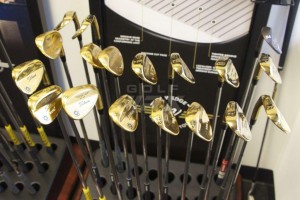
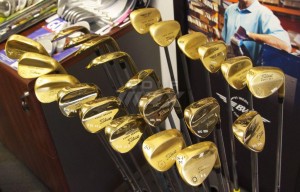
Gold-plated replicas of the Vokey wedges that were used to win major championships.
One of the most important aspects of a wedge’s grind is the bounce angle, which simply put is the measurement of how far the leading edge of a wedge sits off the ground. More bounce means the leading edge rests higher off the ground at address, and less bounce means the leading edge is closer to the ground. Bounce is impacted by several factors such as camber (the curvature of the sole) and sole relief (the shaping of the trailing edge), which makes it complicated to measure. But Vokey made the function of bounce easy to understand:
“The idea of bounce is to let the trailing edge hit and keep going forward.”
Good wedge players have mechanics that allow them to use wedges properly. They know how to use the bounce, which leads to more consistent wedge play because it prohibits the club from digging. Vokey has found that most regular golfers are not so skilled with their wedges. They don’t know how to use the bounce of a wedge, which leads to digging. That’s why more bounce is often better for them.
“There are more positives to a little more bounce than there are negatives,” Vokey said.
Click here for more discussion in the “Equipment” forum.
Wedge fitting at TPI
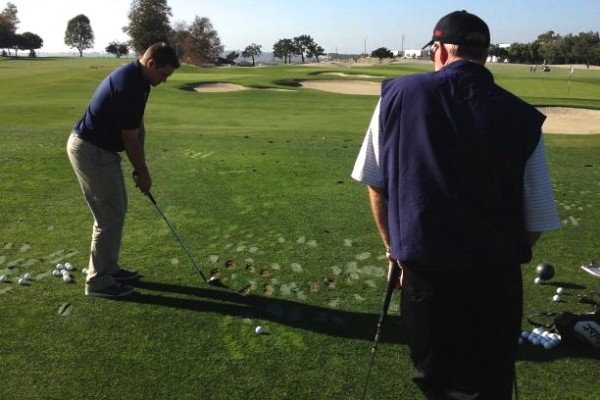
Zak Kozuchowksi being fit for wedges by Kurt Donahoo at Titleist’s Oceanside Test Facility
After my interview with Bob Vokey, I headed to TPI Oceanside for a wedge fitting with Kurt Donahoo, a Class A PGA Professional with more than a decade of club fitting experience at TPI. There, the entire line of Vokey wedges was available for me to test with shafts and lengths I liked. And thanks to an outdoor loft/lie machine, there was no guessing involved. The lofts and lies were dialed in, and I hit all shots with my preferred golf ball.
After I warmed up, Donahoo started by having me hit full shots using a 50-degree wedge with 8 degrees of bounce and my favorite shaft to a flag 125 yards away. After a few swings, he changed my target to a flag that was 65 yards away. As I was hitting the less-than-full shots at the new target, Donahoo directed my attention to the large divots I was making. Then he put a 50-degree wedge with 12 degrees of bounce in my hands and told me to hit the same shot. I was pleased to see my divots become significantly shallower.
“You’re always going to be pretty shallow on your full swings, so the bounce doesn’t matter as much,” Donahoo said. “But on your less-than-full swings, you get steeper, so you need more bounce.”
Donahoo was right. I’ve often been the victim of a good drive spoiled by a fat half-wedge shot. With more bounce, the flight of my less-than-full shots with the 50-degree wedge was more consistent, and it was a lot harder for me to hit a shot fat.
The fitting for my 55-degree wedge was similar. Vokey’s current SM4 wedge lineup is available in two-degree increments, from 46 to 64 degrees. This meant that I had the option of choosing a 54-degree bent 1 degree weak or a 56-degree bent 1 degree strong. Donahoo and I decided on the 54-degree with 14 degrees of bounce instead of the 56-degree with the same amount of bounce, because adding a degree of loft to the 54 also added a degree of bounce, whereas subtracting a degree of loft from the 56-degree subtracted a degree of bounce. As with the 50-degree, the extra bounce helped the trailing edge of the wedge hit and keep moving forward, keeping my divots smooth and shallow.
Donahoo also recommended that I try a different shaft in my 55-degree wedge. Instead of a Project X shaft, which offers a stiff tip section for a penetrating ball flight, he had me try a Dynamic Gold S400 shaft, which plays slightly heavier and has a softer tip.
“You’re going to hit mostly full shots with your 50-degree wedge, so it makes sense to use the same shaft you use with your irons,” Donahoo said. “But most of your shots are going to be less-than-full with your 55- and 60-degree, so a softer shaft makes sense.”
Finding the proper sole configuration in a 60-degree wedge proved to be the most time consuming process. Like the other two wedges, Donahoo and I agreed that the highest bounce options – a 60-degree with 10 degrees of bounce – was the best choice. But unlike my 50- and 55-degree wedges, my 60-degree would be used primarily around the greens and in bunkers.
Donahoo had me hit several different 60-degree wedges from a bunker that surrounded one of TPI’s perfectly manicured practice greens. I liked all of them, but there was one that I felt was slightly better than the rest. Donahoo smiled, and dropped a few balls for me to hit behind the bunker. He wanted me to hit lob shots with the club to a pin that was 15 yards away, tucked close to the bunker’s lip. I chunked the first one into the middle of the bunker.
“I hit it fat,” I said, for some reason feeling the need to explain what I though was completely obvious.
“Don’t change anything,” Donahoo said. “Hit another one.”
The same thing happened again, at which point Donahoo rushed in with another wedge — the 60-degree with 10 degrees of bounce, an “M” grind.
“Don’t change anything,” he repeated.
So I didn’t, and my next shot came off crisp – it landed high and soft, and landed close to the pin.
Fitting to a miss
The wedge I chunked twice was a 60-degree with 4 degrees of bounce — an “L grind” — the same model played by Rory McIlroy. The wedge has very little camber (read flat sole) and a narrow forward bounce section, making it good for players like McIlroy who have great hands and a shallow angle of attack with their wedges. But there’s another reason why McIlroy plays a wedge with only 4 degrees of bounce – he grew up in Northern Ireland, an area of the world with firm golf courses that require low-bounce wedges.
The 60-degree with 4 degrees of bounce was great for me out of the bunker because its bounce is situated in the rear portion of the sole, the part I was using to hit bunker shots. But when it came to hitting pitch shots that brought the leading edge into play, I was sunk.
Donahoo saw that I shifted my weight on pitch shots more than most good wedge players he works with, which is one of the reasons why I require so much bounce. But he also pointed out that I grew up playing courses with very soft conditions in Michigan, which is where I currently reside. Because of where I live, the extra bounce doesn’t hurt me. And even as I work to improve my wedge mechanics, Donahoo said that my wedge needs are not likely to change.
“With wedges, we’re fitting to a miss,” he said. “Most of your good shots are going to be good with most wedges, so we need to find the wedge that helps you with the bad shots. Almost all of your bad shots are going to be steep, so more bounce is going to help you.”
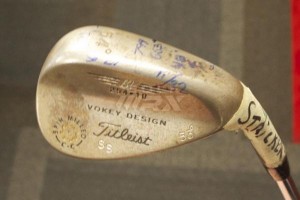
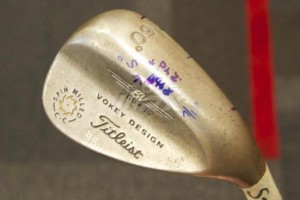
Team Vokey uses these models to make new wedges for Steve Stricker, who has a very shallow angle of attach with little wrist action. He prefers an “S” grind on his 60-degree wedge, which offers a medium amount of bounce and is available on Vokey models 58-09 and 60-07.
Doing better
One of the most important advancements in wedge design since Vokey’s arrival at Titleist were the aggressive grooves that the USGA and R&A outlawed for professional golfers in 2010. Although the spin of Vokey’s most recent line of wedges is essentially unchanged on dry lies in the fairway, they’ve lost performance in wet conditions and in the rough because of the mandatory reduction on groove volume and sharpness.
Vokey said testing showed that his first conforming models, the SM3 wedges, added 5 degrees of launch angle and lost 3000 rpm of spin out of the rough. The SM4 wedges added three grooves to the face (from 14 to 17) to return the launch angle back to where it was with the now non-conforming SM2 wedges. But the SM4s are still 1500 rpm short of the SM2’s spin standard out of the rough.
“We’re always looking at different metals, different shapes and different face textures and patterns to get the spin back,” Vokey said. “But the USGA and R&A did their homework.”
Even though shots hit with wedges with the new grooves have less spin, they react more consistently for talented wedge players. This has forced players to plan their wedge shots with a bias toward trajectory instead of spin, making sole configuration even more crucial.
One way Vokey said his wedges can improve is by offering more lofts and more sole configurations, which will help players further dial in their wedge fitting. He sees more options, not less, as a key for serious golfers to improve their score.
“I would love to design the perfect wedge before I go to the fairway in the sky,” Vokey said. “But I don’t know if I’ll ever make it. Every wedge I look at I say, God, I know I can do better. And I keep trying.”
10 wedge tips from Bob Vokey
Bob Vokey defines a serious golfer as someone who is dedicated to the game.
“You can be a serious golfer and not break 90 or 100,” he says.
Here’s 10 tips that Vokey offered to help serious golfers. They’ll help everyone, whether you’re playing to beat your buddies or beat the world.
- The lofts of your wedges should have gaps of 4 to 6 degrees — no more, no less.
- Golfers come in three types: diggers (high bounce), sliders (low bounce) and neutral (medium bounce). When being fit, start with a neutral wedge and go from there.
- You probably need more bounce.
- Know what wedges you really need to hit. If you play on courses with fast, elevated greens surrounded by pot bunkers, you probably need a 60-degree wedge. If you play courses with slow, flat greens, you might be able to get away with a 56-degree as your highest loft.
- Wedges are the only clubs that golfers use in the open position. Choose one that looks good when it sits square and when you open it up.
- Play a shaft in your sand and/or lob wedge that allows for the proper feedback. Vokey has had success fitting average golfers into True Temper Dynamic Gold S200 shafts, which give the right amount of feedback but are firm enough for a full shot for most golfers.
- Pitching wedge replacements (46, 48, 50) are designed with the loft of a pitching wedge but the versatility of a scoring wedge. They won’t go as far as the wedges from your iron set and that’s OK. If you want them to go further, opt for less loft.
- Wedges wear to your swing print. A new wedge will not feel the same as the old wedge because you’ve got to break it in.
- Practice more from 125 yards and in. Most golfers will never swing like Adam Scott, but according to Vokey, with practice they can execute the same wedge shots he can.
- Another reason to practice wedges — a tour player hits 13 to 14 greens per round. The average golfer hits only 6 or 7. That means wedge play is more important for average golfers than it is for tour players.
Click here for more discussion in the “Equipment” forum.
Note: This article was edited to clarify that Vokey’s SM3 wedges lost 3000 rpm of spin out of the rough when compared to the now non-conforming SM2 wedges. The article previously stated that the SM4 lost 3000 rpm of spin when compared to the SM2 wedges. The SM4 wedges lost approximately 1500 rpm of spin when compared to the SM2 wedges.
- LIKE97
- LEGIT9
- WOW4
- LOL2
- IDHT1
- FLOP3
- OB2
- SHANK5
Whats in the Bag
Kevin Tway WITB 2024 (May)
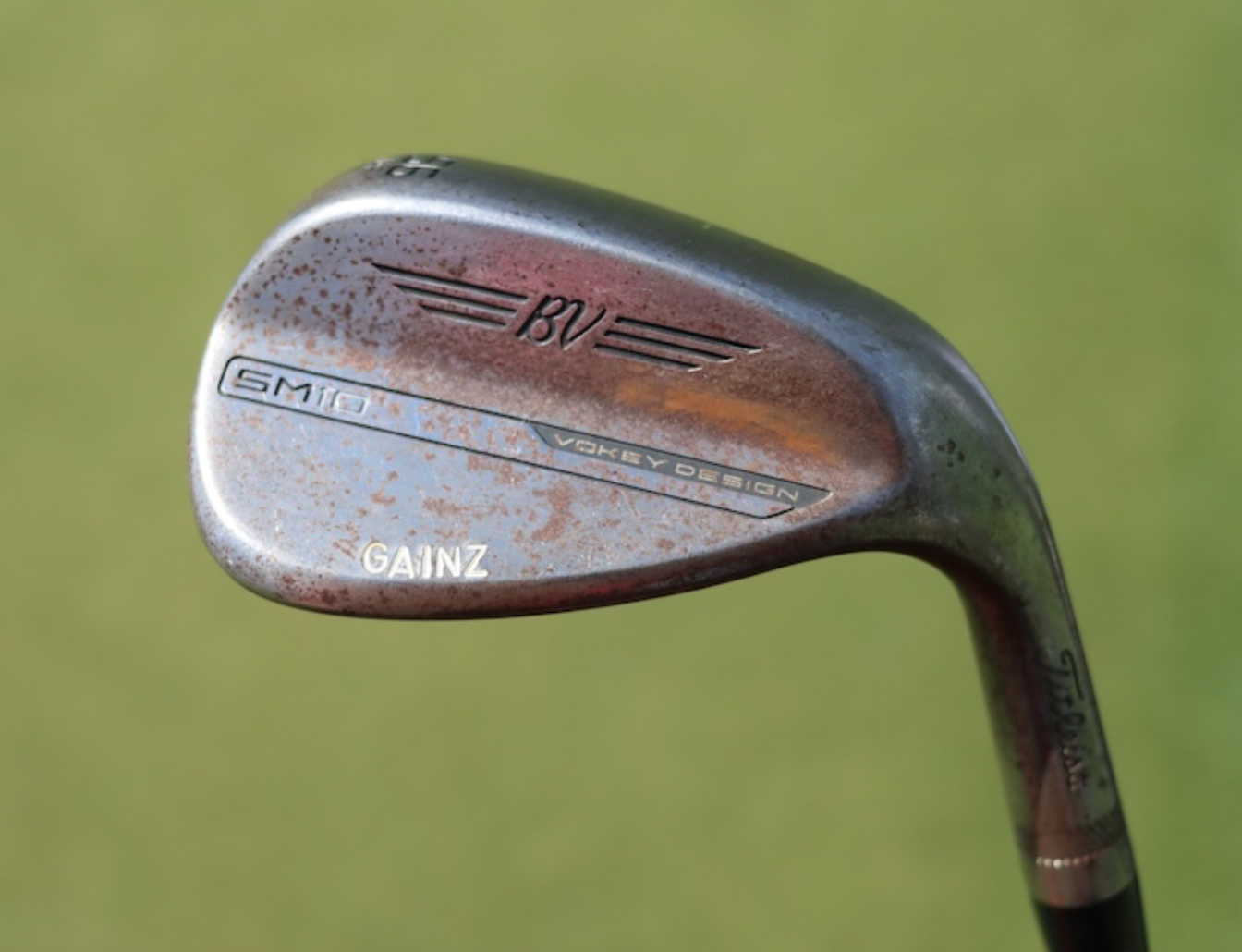
- Kevin Tway what’s in the bag accurate as of the Wells Fargo Championship. More photos from the event here.
Driver: Ping G430 LST (10.5 degrees)
Shaft: Fujikura Ventus Black 6 X
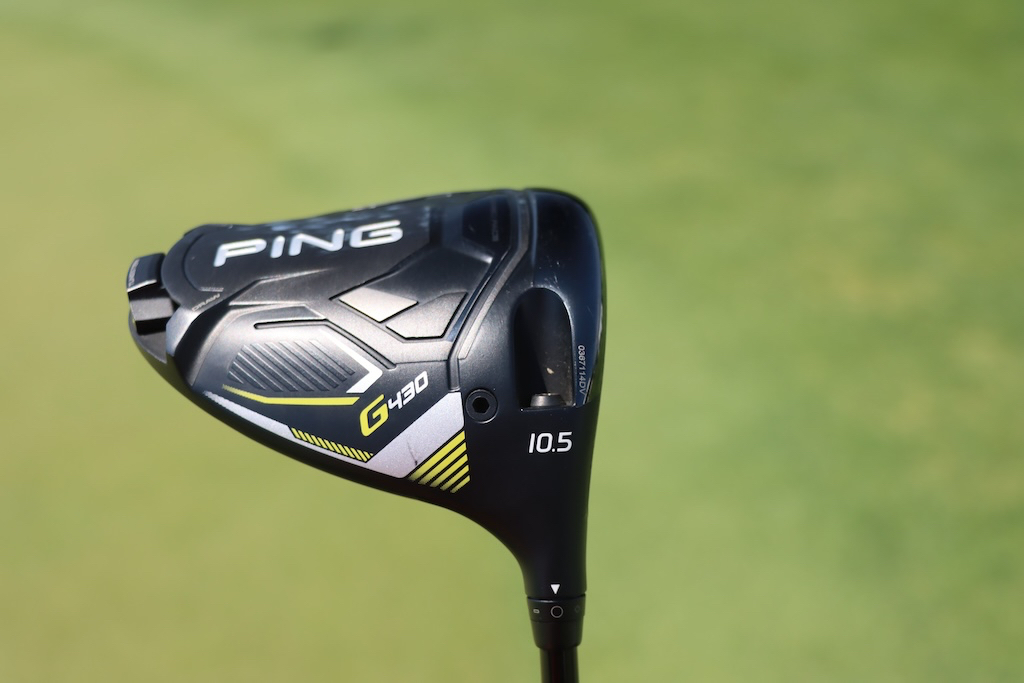
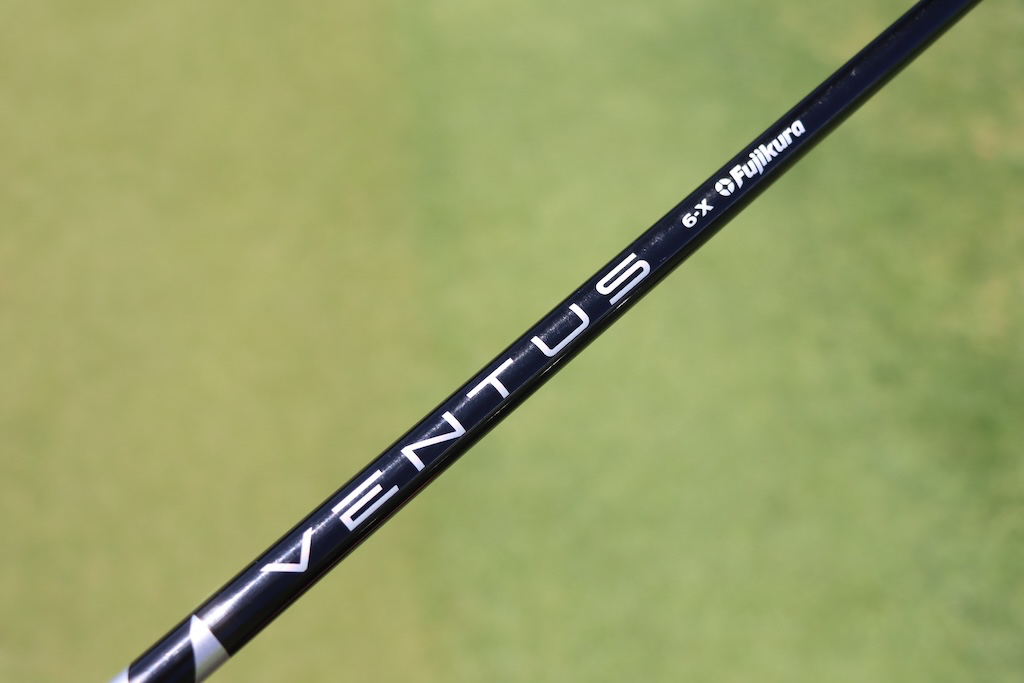
3-wood: TaylorMade Stealth 2 (15 degrees)
Shaft: Mitsubishi Diamana D+ 80 TX
5-wood: TaylorMade Stealth 2 (18 degrees)
Shaft: Mitsubishi Diamana D+ 90 TX
Irons: Wilson Staff Utility (2), Titleist T100 (4-9)
Shafts: Mitsubishi MMT 100 TX (2), True Temper Dynamic Gold Tour Issue X100 (4-9)
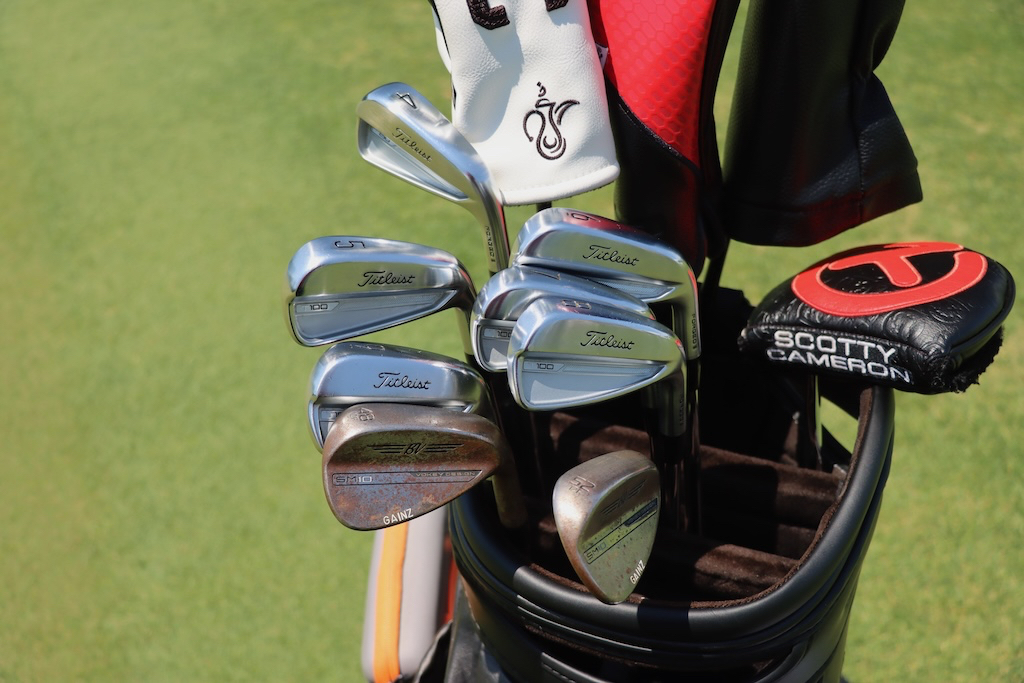
Wedges: Titleist Vokey Design SM10 (48-10F @47, 52-12F @51, 56-14F), SM7 (60-10S)
Shafts: True Temper Dynamic Gold Tour Issue X100 (48-56), True Temper Dynamic Gold Tour Issue S400 (60)
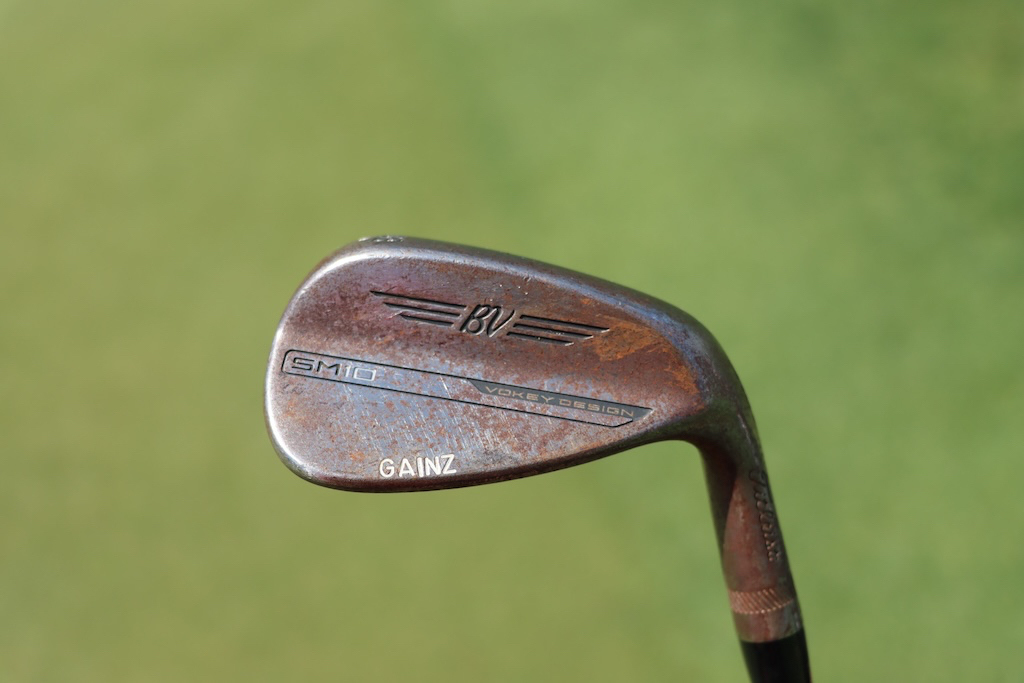
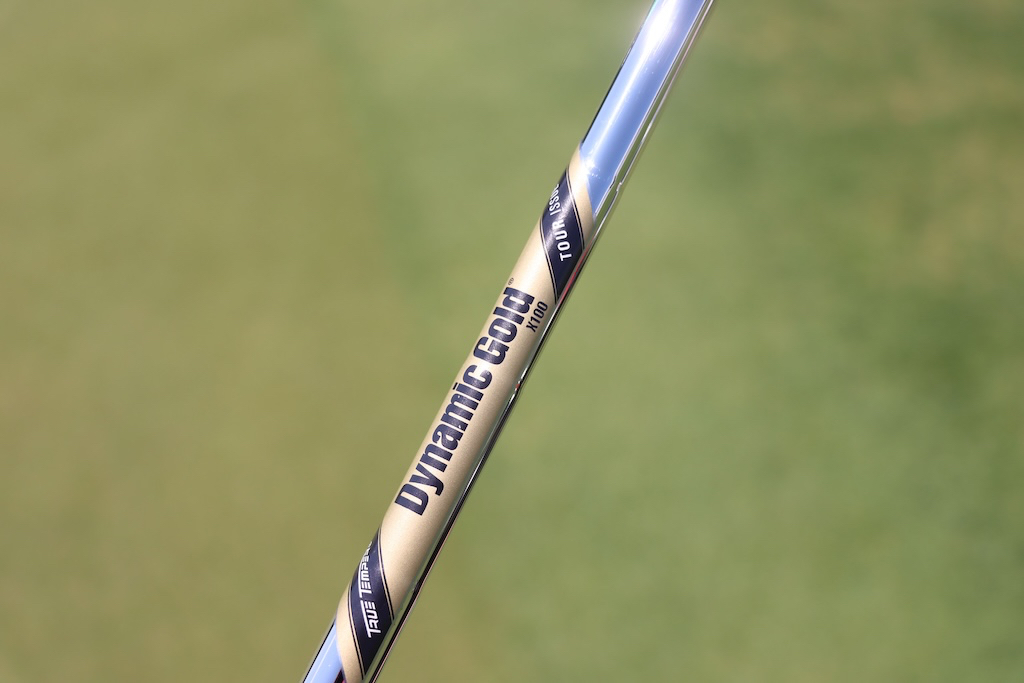
Putter: Scotty Cameron T-5 Proto
Grip: Scotty Cameron Black Baby T
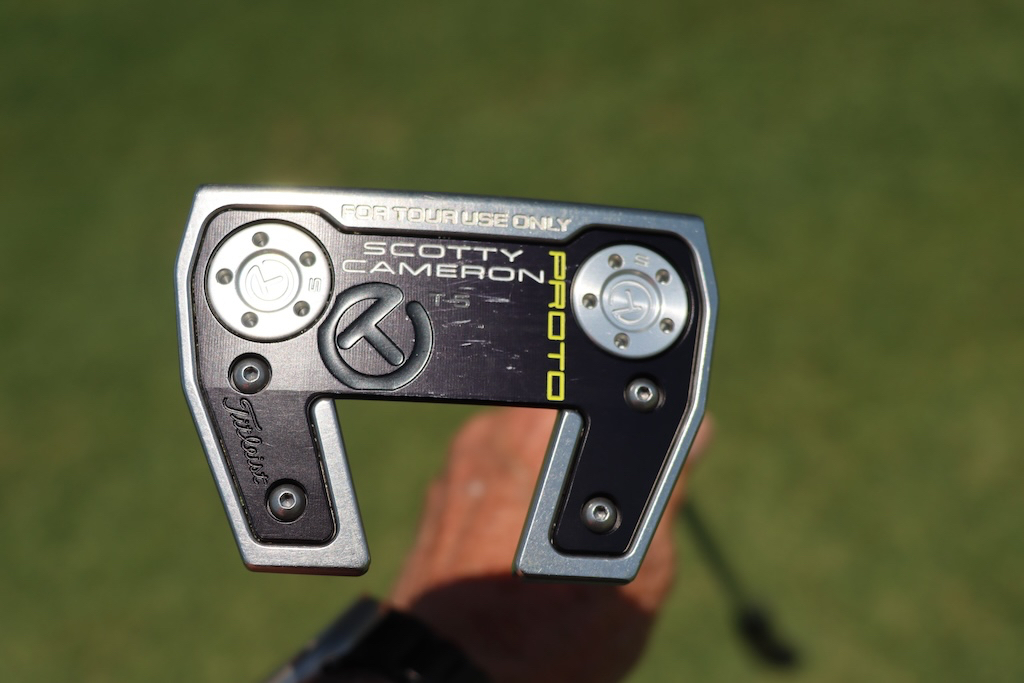
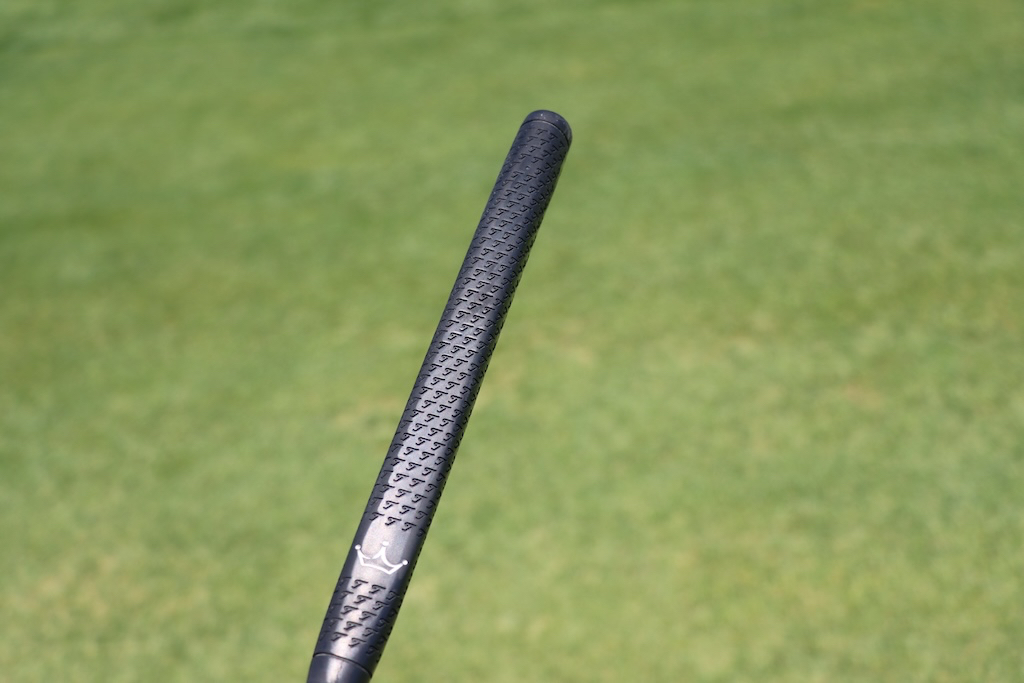
Grips: Golf Pride Tour Velvet Plus4
More photos of Kevin Tway’s WITB in the forums.
- LIKE0
- LEGIT0
- WOW0
- LOL0
- IDHT0
- FLOP0
- OB0
- SHANK0
Equipment
Did Rory McIlroy inspire Shane Lowry’s putter switch?
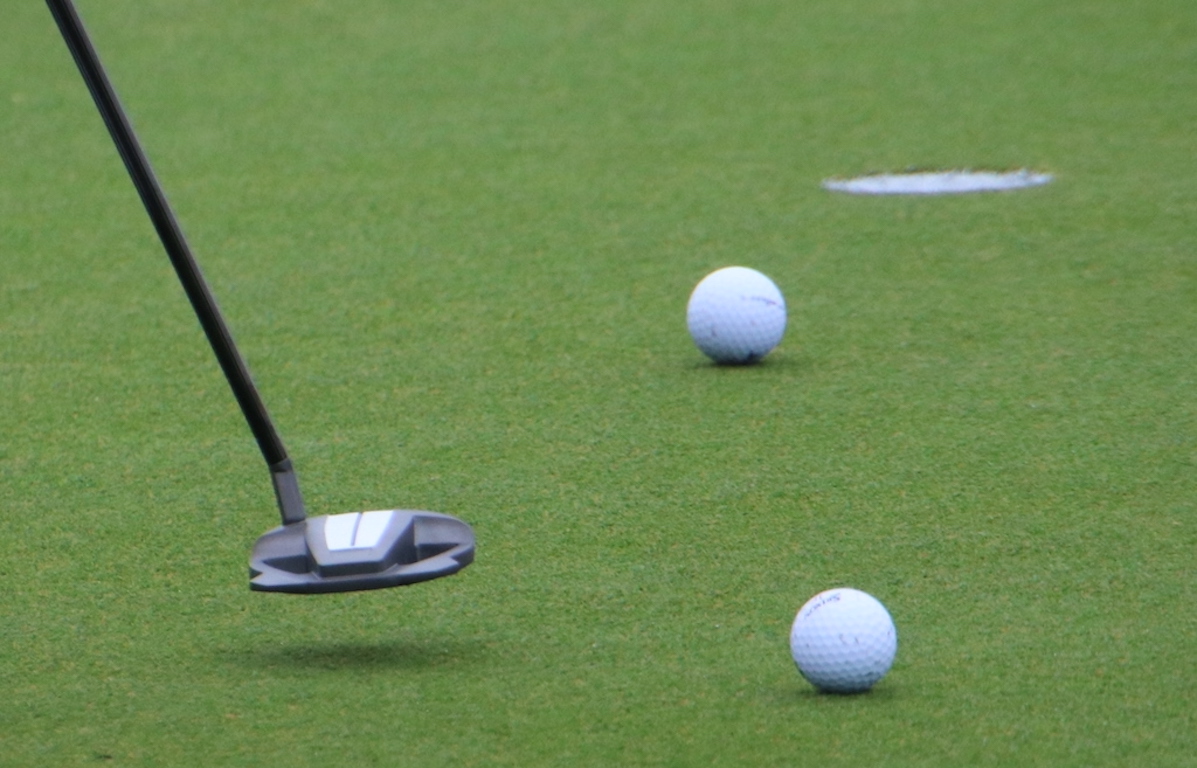
Editor’s note: This is an excerpt from a piece our Andrew Tursky originally wrote for PGATour.com’s Equipment Report. Head over there for the full article.
The timing of Lowry’s putter changeup was curious: Was he just using a Spider putter because he was paired with McIlroy, who’s been using a Spider Tour X head throughout 2024? Was Lowry just being festive because it’s the Zurich Classic, and he wanted to match his teammate? Did McIlroy let Lowry try his putter, and he liked it so much he actually switched into it?
Well, as it turns out, McIlroy’s only influence was inspiring Lowry to make more putts.
When asked if McIlroy had an influence on the putter switch, Lowry had this to say: “No, it’s actually a different putter than what he uses. Maybe there was more pressure there because I needed to hole some more putts if we wanted to win,” he said with a laugh.
To Lowry’s point, McIlroy plays the Tour X model, whereas Lowry switched into the Tour Z model, which has a sleeker shape in comparison, and the two sole weights of the club are more towards the face.
Lowry’s Spider Tour Z has a white True Path Alignment channel on the crown of his putter, which is reminiscent of Lowry’s former 2-ball designs, thus helping to provide a comfort factor despite the departure from his norm. Instead of a double-bend hosel, which Lowry used in his 2-ball putters, his new Spider Tour Z is designed with a short slant neck.
“I’ve been struggling on the greens, and I just needed something with a fresh look,” Lowry told GolfWRX.com on Wednesday at the 2024 Wells Fargo Championship. “It has a different neck on it, as well, so it moves a bit differently, but it’s similar. It has a white line on the back of it [like my 2-ball], and it’s a mallet style. So it’s not too drastic of a change.
“I just picked it up on the putting green and I liked the look of it, so I was like, ‘Let’s give it a go.’”
Read the rest of the piece over at PGATour.com.
- LIKE0
- LEGIT0
- WOW0
- LOL0
- IDHT0
- FLOP0
- OB0
- SHANK0
Equipment
Webb Simpson equipment Q&A: Titleist’s new 2-wood, 680 blade irons, and switching to a broomstick Jailbird
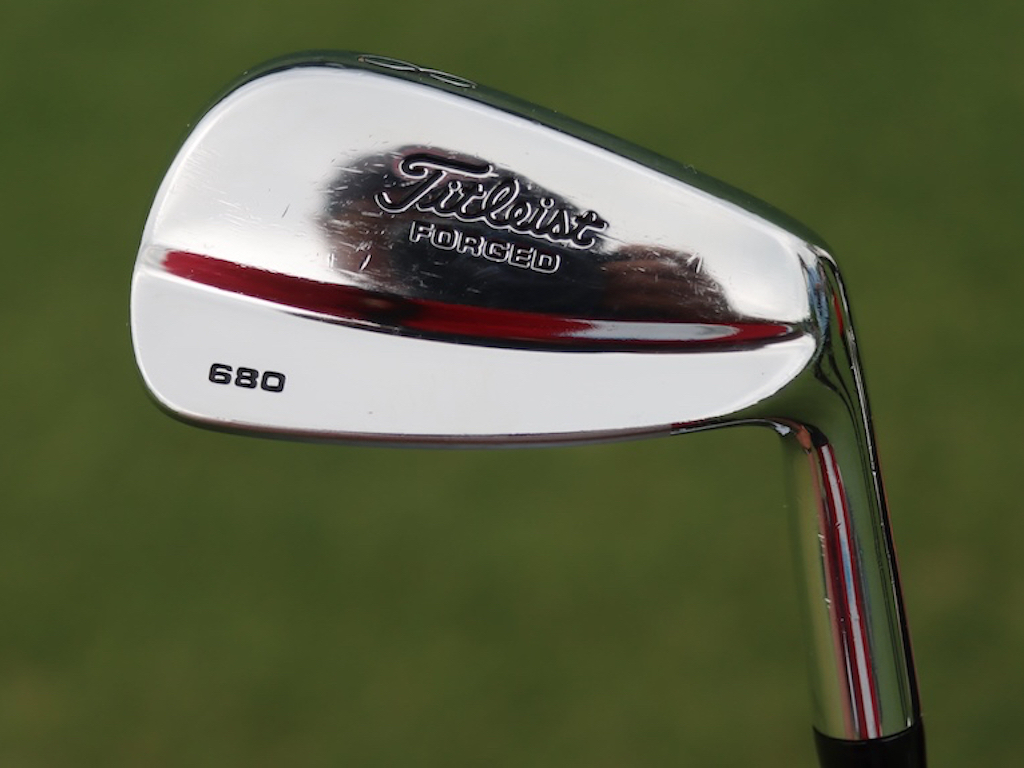
With seven career wins on the PGA Tour, including a U.S. Open victory, Webb Simpson is a certified veteran on the course. But he’s also a certified veteran in the equipment world, too. He’s a gearhead who truly knows his stuff, and he’s even worked closely with Titleist on making his own custom 682.WS irons.
On Wednesday at the 2024 Wells Fargo Championship, I caught up with Simpson to hear about his experience with Titleist’s new prototype 2-wood, how Titleist’s 680 Forged irons from 2003 ended up back in his bag, and why he’s switching into an Odyssey Ai-One Jailbird Cruiser broomstick putter this week for the first time.
Click here to read our full story about Simpson’s putter switch on PGATOUR.com’s Equipment Report, or continue reading below for my full Q&A with Simpson at Quail Hollow Club on Wednesday.
See Webb Simpson’s full WITB from the 2024 Wells Fargo Championship here
GolfWRX: It seems like you’ve been a little all over the place with your irons in the past six months or so, and now going back to the 680’s. Is that just a comfort thing? What’s been going on with the irons?
Webb Simpson: Titleist has been so great at working with me, and R&D, on trying to get an iron that kind of modernizes the 680. And so the 682.WS took the T100 grooves, but kinda took the look and the bulk and the build of the 680’s into one club. They’re beautiful, and awesome looking. I just never hit them that well for a consistent period of time. It was probably me, but then I went to T100’s and loved them. I loved the spin, the trajectory, the yardage, but again, I never went on good runs. Going through the ground, I couldn’t feel the club as well as with the blade. So last week, I’m like, ‘Alright. I’m gonna go back more for…comfort, and see if I can get on a nice little run of ball striking.’
So that’s why I went back.
View this post on Instagram
OK, that makes sense. I know you had done some 2-wood testing recently. Is that in the bag right now?
It’s like day-by-day. I used it at Hilton Head every day. Valero, I used it one round. And this week, me and my caddie will do the book every morning, and if it’s a day where we think we need it, we’ll just put it in and take the 3-wood out. I love it because it’s a super simple swap. Like, it doesn’t really change much.
Yeah, can you tell me about that club? I mean, we don’t really know anything about it yet. You know? I haven’t hit it or anything, obviously.
It has grooves like a 3-wood. Spin is perfect. And it’s honestly, like, everything is in the middle of a 3-wood and driver number. Trajectory, spin, carry, all of it. So, a Hilton Head golf course is almost too easy to talk about because, you know, there, so many holes are driver 3-wood.
Valero, our thinking was we had two par-5’s into the wind, and we knew that it would take two great shots to get there in two. So instead of hitting driver-driver, we just put it in. And I used it on those holes.
Hilton was a little easier because it was off-the-tee kind of questions. But Colonial will be a golf course where, you know, there’s a lot of driver or 3-woods. It’s kind of like a backup putter or driver for me now. I’ll bring it to every tournament.
So it’s, like, in your locker right now, probably?
Well, it would be. It’s in my house [because Webb lives near by Quail Hollow Club, and is a member at the course.] It’s in the garage.
Oh, yeah, that’s right. Do you know what holes you might use it out here if it goes in play?
Potentially 15, depending on the wind. Second shot on 10. Could be 14 off the tee. The chances here are pretty low (that he’ll use the 2-wood). But, like, Greensboro would be an awesome club all day. I’m trying to think of any other golf courses.
There’s plenty that it’ll be a nice weapon to have.
It’s interesting, the wave of 2-woods and mini drivers. Like, it’s just really taken off on Tour, and all the companies have seemed to embrace it.
Yeah. The thing I had to learn, it took me, like, at least a week to learn about it is you gotta tee it up lower than you think. I kept teeing it up too high. You need it low, like barely higher than a 3-wood. And that was where I got optimal spin and carry. If you tee it up too high, you just don’t get as much spin and lose distance, I don’t know if that’s just a mini driver thing.
And you obviously have a Jailbird putter this week. What spurred that on?
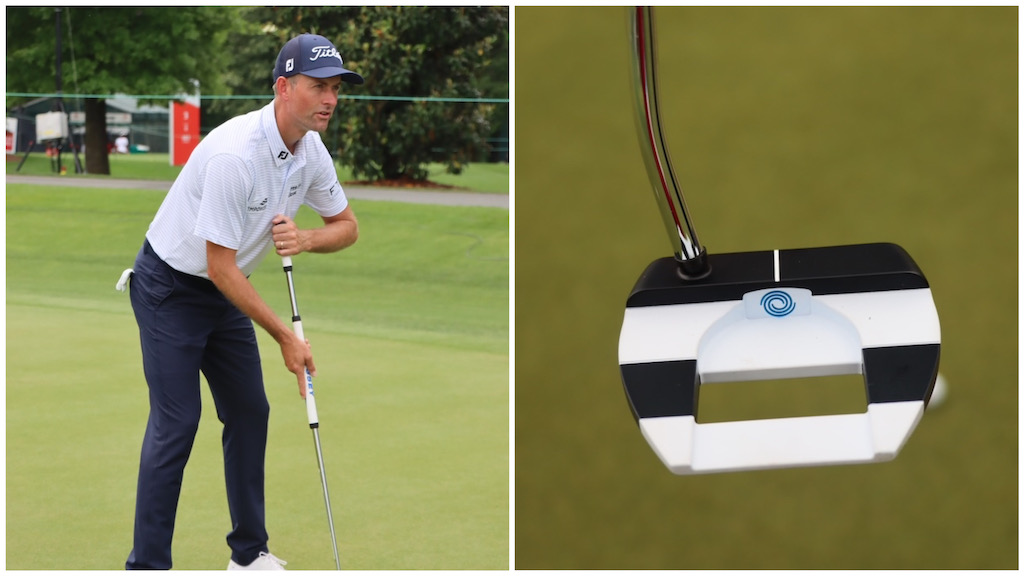
Inconsistent putting. I’m stubborn in a lot of ways when it comes to my equipment, but I have to be open minded – I just hadn’t putted consistently well in a while. And I’m like, ‘Man, I feel my ball-striking coming along. Like I feel better; for real, better.’
If I can just get something in my hands that I’m consistent with. Being on Tour, you see it every year, guys get on little runs. I can put together four to five tournaments where I’m all the sudden back in the majors, or in the FedExCup Playoffs. You can turn things around quick out here. I’m like, ‘Man, whatever’s going to get me there, great.’
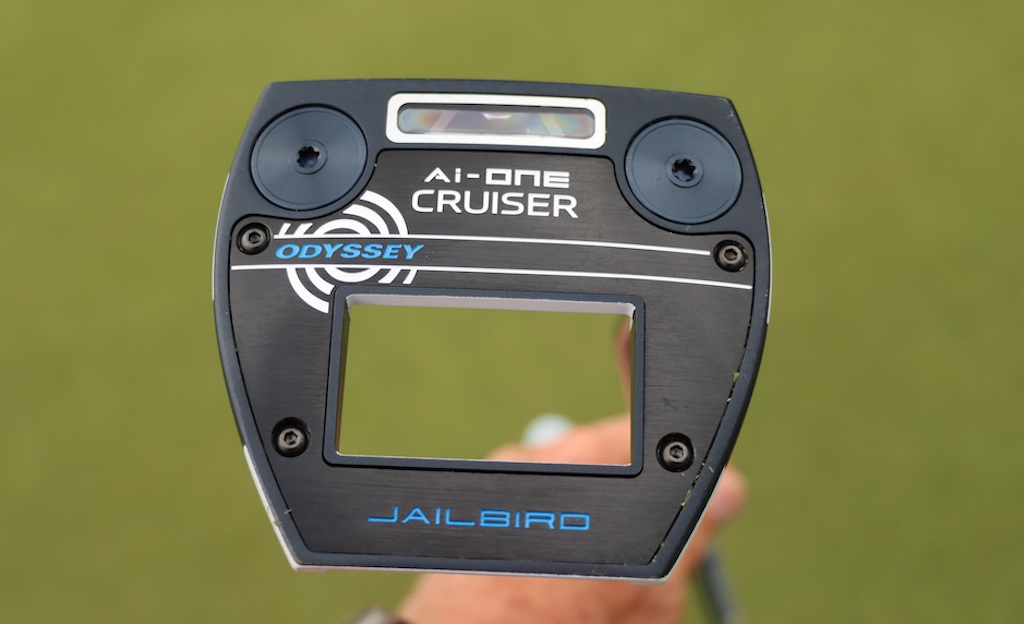
My caddie, David Cook, caddied for Akshay at the Houston Open and he putted beautifully. Then, I watched Akshay on TV at Valero, and he putted beautifully. And, I’m like, ‘I’m just going to try it.’
I’ve never tried it for more than a putt or two, and I just ordered what Akshay uses. It was pretty awkward at first, but the more I used it, the more I’m like, ‘Man, it’s pretty easy.’ And a buddy of mine who’s a rep out here, John Tyler Griffin, he helped me with some setup stuff. And he said at Hilton Head, he wasn’t putting well, then tried it, and now he makes everything. He was very confident. So I’m like, ‘Alright, I’ll try it.’”
And you’re going with it this week?
Hundred percent.
Alright, I love it. Thank you, I always love talking gear with you. Play well this week.
Thanks, man.
See Webb Simpson’s full WITB from the 2024 Wells Fargo Championship here
- LIKE26
- LEGIT3
- WOW1
- LOL1
- IDHT0
- FLOP0
- OB0
- SHANK2
-

 19th Hole3 weeks ago
19th Hole3 weeks agoJustin Thomas on the equipment choice of Scottie Scheffler that he thinks is ‘weird’
-

 19th Hole3 weeks ago
19th Hole3 weeks ago‘Absolutely crazy’ – Major champ lays into Patrick Cantlay over his decision on final hole of RBC Heritage
-

 19th Hole2 weeks ago
19th Hole2 weeks agoLET pro gives detailed financial breakdown of first week on tour…and the net result may shock you
-

 19th Hole3 days ago
19th Hole3 days agoReport: LIV star turns down PGA Championship invite due to ‘personal commitments’
-

 19th Hole1 week ago
19th Hole1 week agoGary Player claims this is what ‘completely ruined’ Tiger Woods’ career
-

 Whats in the Bag2 weeks ago
Whats in the Bag2 weeks agoTeam McIlowry (Rory McIlroy, Shane Lowry) winning WITBs: 2024 Zurich Classic
-

 Equipment1 week ago
Equipment1 week agoGolf fans left surprised by LIV’s choice of course for its 2024 individual championship event
-

 19th Hole1 week ago
19th Hole1 week agoLIV star splits with swing coach after working together for 14 years

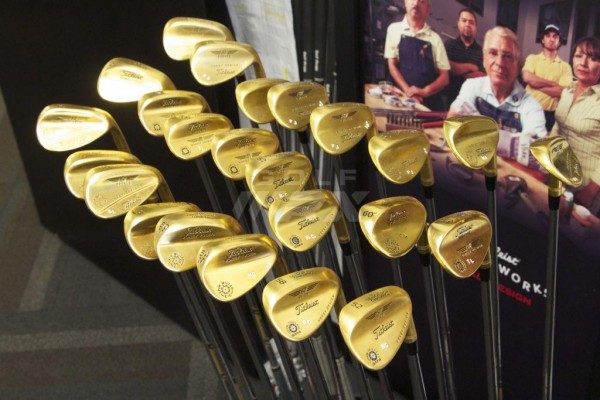


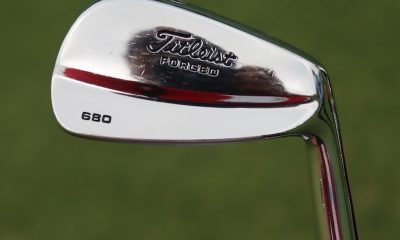

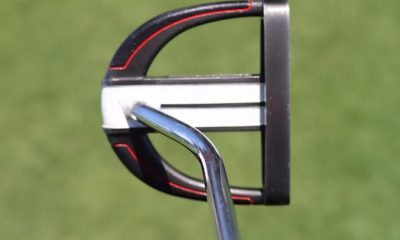

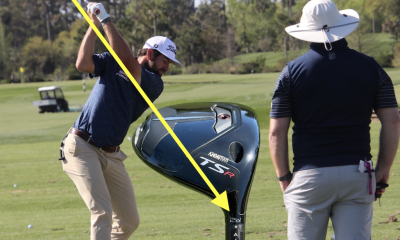



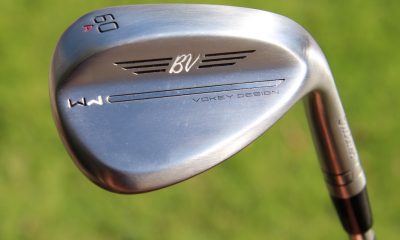

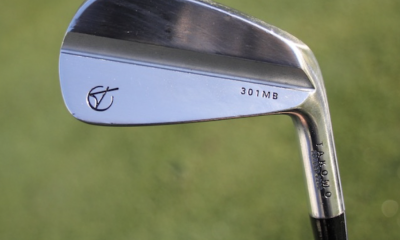

















ray
Apr 29, 2013 at 10:26 am
does anyone know of zero tolerance wedges and if anyone makes a wedge like the 1 zt made
thanks
ray
Lou
Mar 25, 2013 at 12:20 am
I carry SM4 54-11 and 60-10 both bent 1* strong and a 64-07 stock loft. Best wedge setup yet. I’ve been using the 60-10 as my main greenside bunker club.
Troy Vayanos
Jan 19, 2013 at 8:26 pm
Great post Zak,
It’s interesting because I never would have placed much importance on bounce when it comes to wedges from 125 yards in. I have always understood it’s importance when playing bunker shots but not for general fairway wedge play.
The right advice would be for all golfers to get this sort of testing done.
Do you know if Titleist do this sort of testing worldwide and just for wedges and working out ideal bounce settings?
Cheers
Sean Mashinter
Jan 18, 2013 at 9:05 pm
Great read. Gives me another excuse to head to Golftown!
goodgolfer64
Jan 1, 2013 at 2:31 pm
great article only down fault being really picky is Northern ireland is SOFT :)!!!!! bar a handful of links none of which are near holywood…40 minute drive to a links track from rorys hometown……
Goober
Dec 30, 2012 at 12:58 pm
What the touring pros have done to their wedges is immaterial to my game. I must buy off the rack and get no after-market tweaks free of charge.
I have a simple test for a wedge in-store. If the leading edge doesn’t fit super-tight to the floor, it’s quickly eliminated from consideration.
The best I found from 2012 models were the Callaway Forged. I bought the 52 & 56 degrees. Distance and finesse are excellent. No regrets whatsoever.
goodgolfer64
Jan 1, 2013 at 2:29 pm
surely Goober buyin wedges that have a tight leading edge gives you less bounce…goes against most of the recomedations above…..
barkydog1
Dec 29, 2012 at 1:15 pm
Great little article.
Zak Kozuchowski
Dec 29, 2012 at 9:21 am
Our Edel story from last year
http://www.golfwrx.com/4767/finding-their-groove-edel-golf’s-new-wedge-and-the-james-patrick-controversy/
Tony Wright
Dec 29, 2012 at 7:51 am
Good article. Most players can get improvement in their wedge play by playing with wedges with more bounce. I hope you will consider a similar article on the Edel wedges. You may find that they are much more forgiving on all shots that Vokey wedges are. I play with a 21 degree bounce 60 degree Edel wedge – it is the most forgiving wedge I have ever played. The Edel wedge design is much different than traditional wedge designs. Golfers also get improvement in their wedge play by improved technique…..keeping their weight on their forward foot during the swing.
MARKETING
Dec 28, 2012 at 9:16 pm
Looks like SCRATCH Golf has a big influence.
Zak, did you ask the obvious question of how Scratch’s model has influenced the marketing and design of wedges for the past few years as companies offer more options for sole grinds?
Peter
Dec 28, 2012 at 6:26 pm
Agree with you on the importance of sole grind…it’s a revelation when you find one that works for you. The same swing produces very different results when you find a sole that fits your swing. Looking at PGA.com stats, tour pros don’t hit 13-14 GIR on average. More like 11-12 over a season…hence wedge play is crucial to winning/making money. First time I heard about diggers vs sliders was the Scratch Golf fitting system, which has helped me out a lot.
Sean
Dec 28, 2012 at 5:10 pm
Very well done Zak. Thanks for the article and an inside look.
chris
Dec 28, 2012 at 2:42 pm
some of the worst sole grinds I have had have been from Vokey. They work for some but I find the Mizuno grinds to be much more versatile.
Philip
Dec 28, 2012 at 1:58 pm
Love the article! It’s nice to hear from the club making gurus of today.